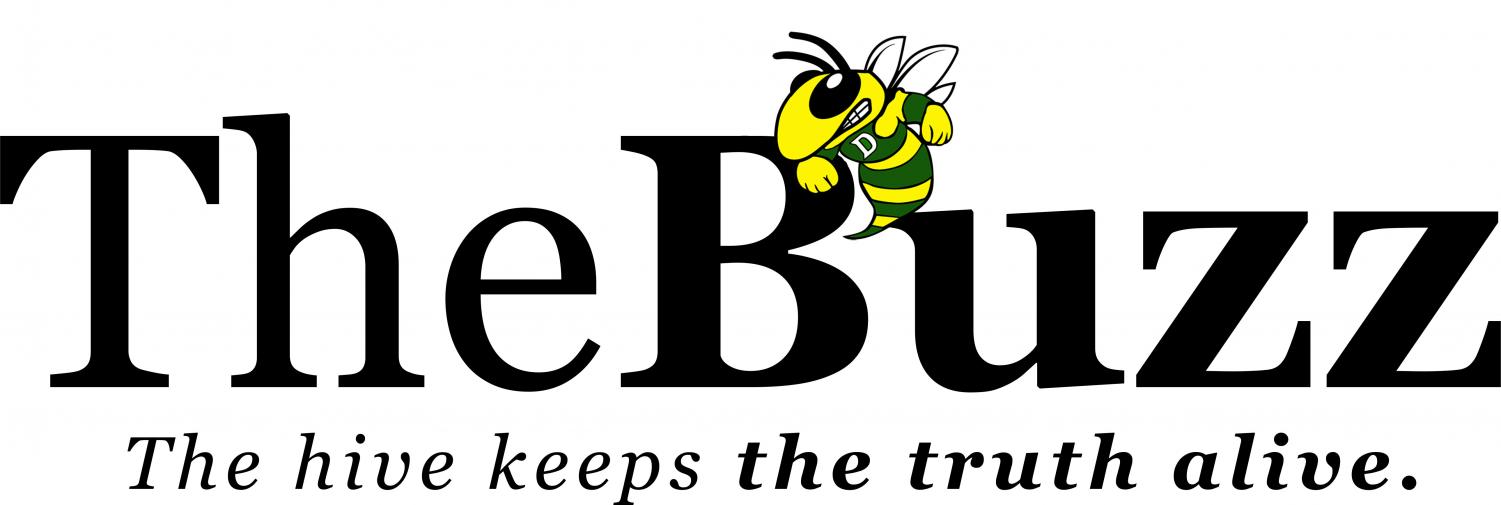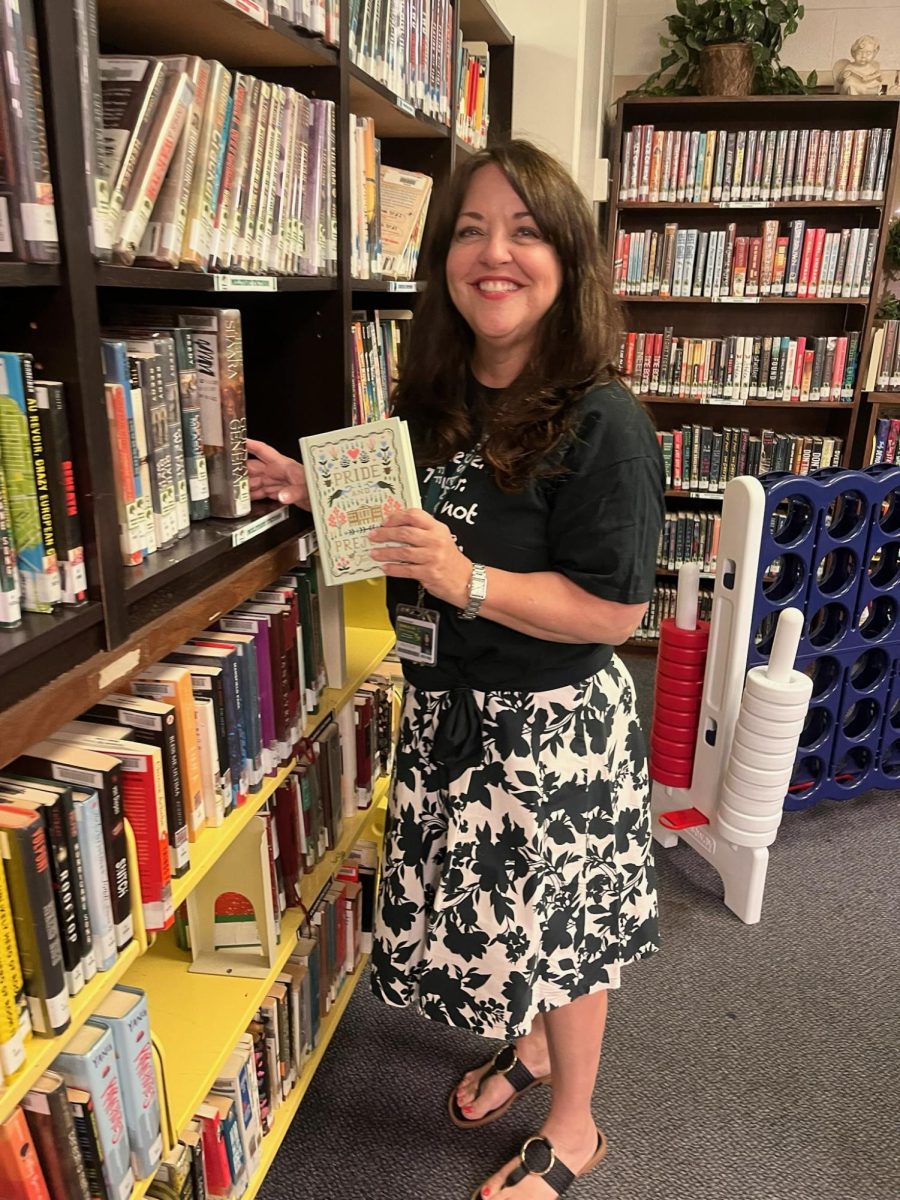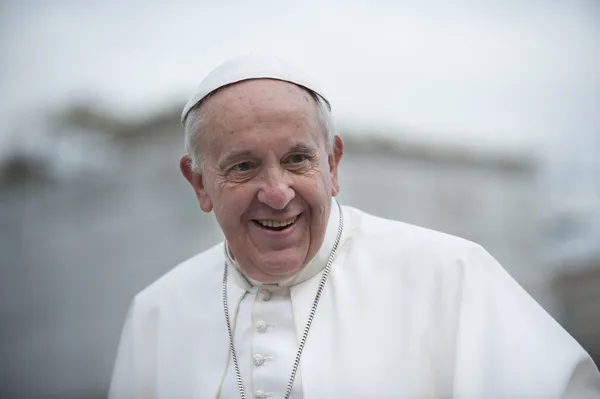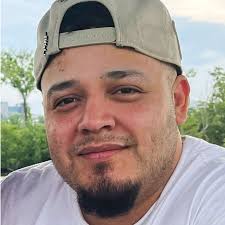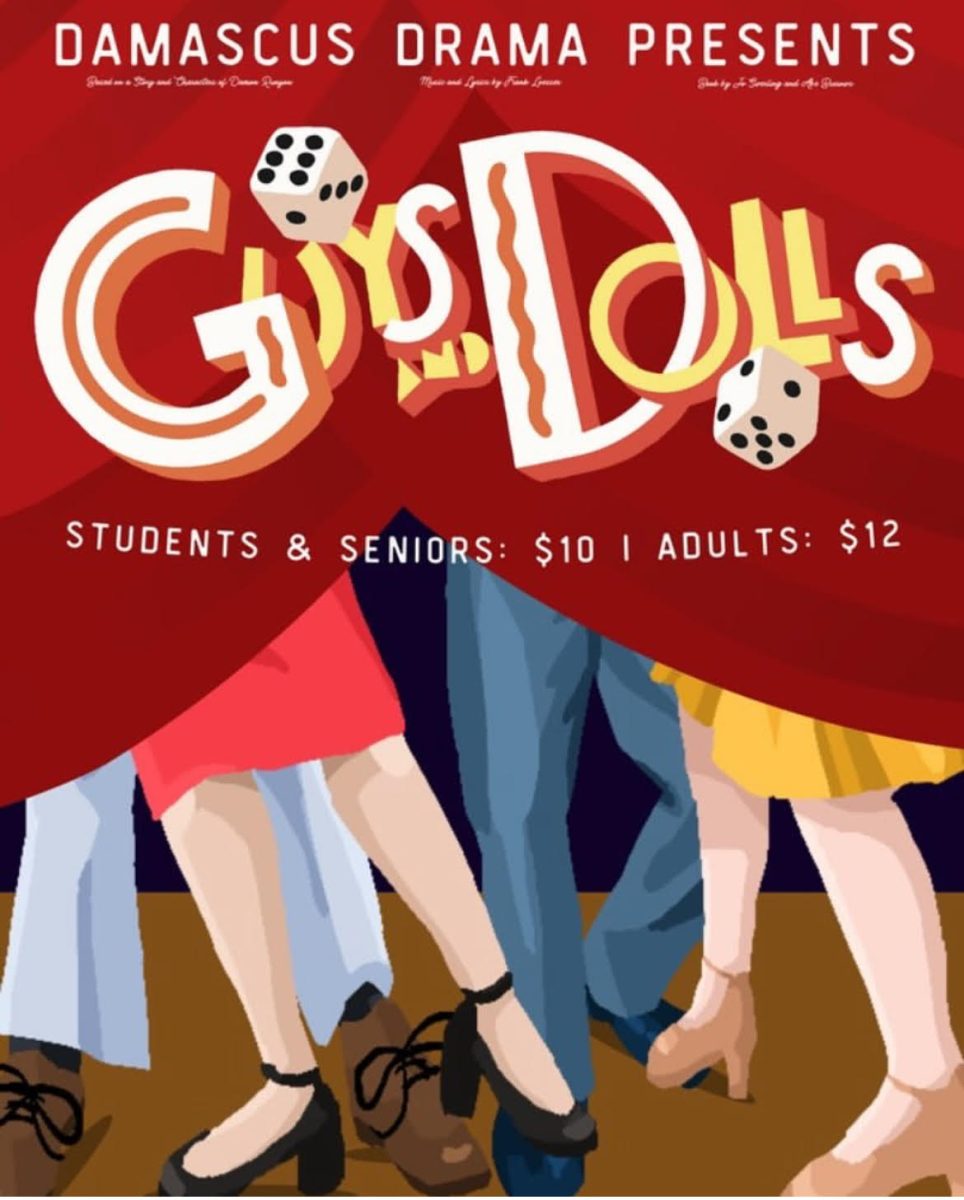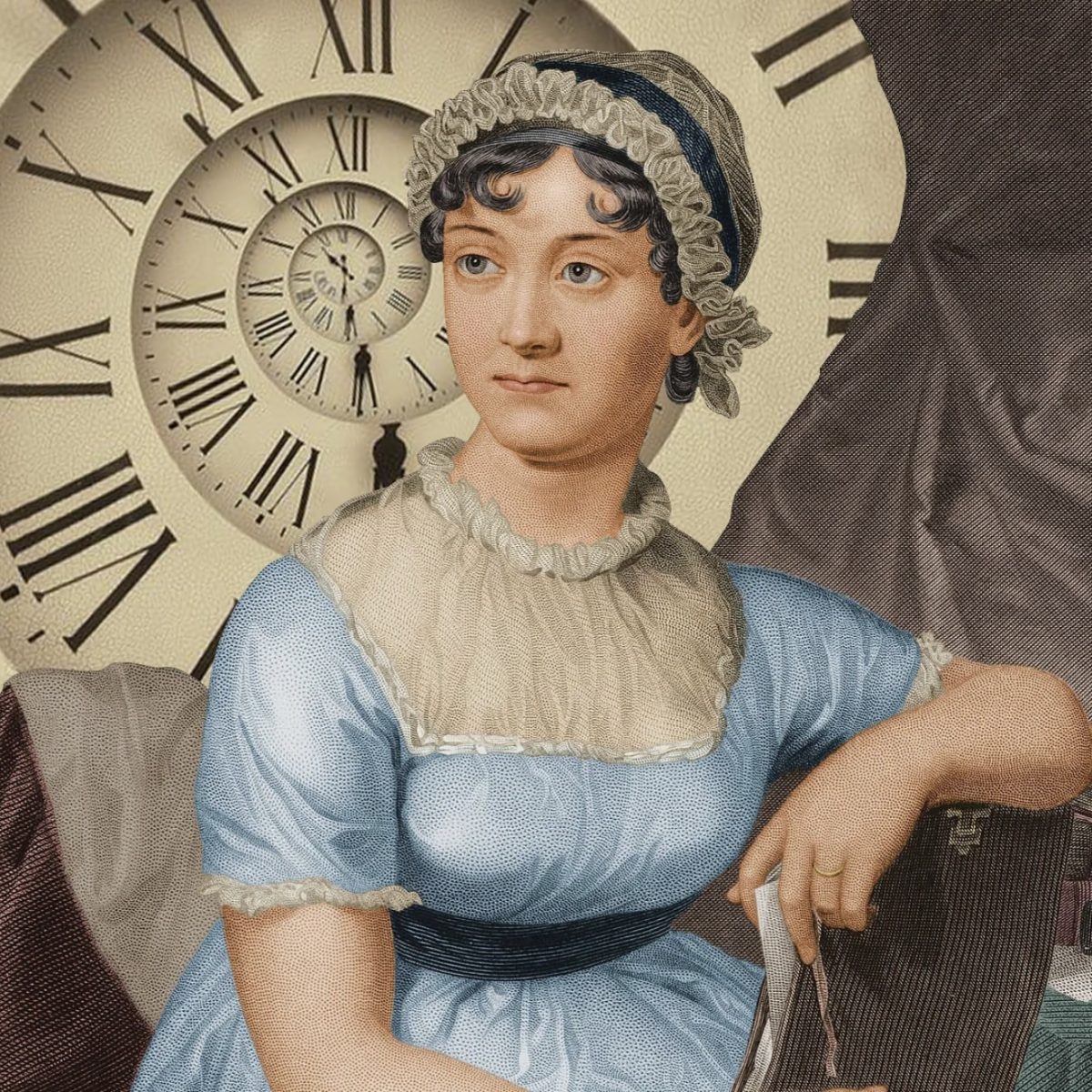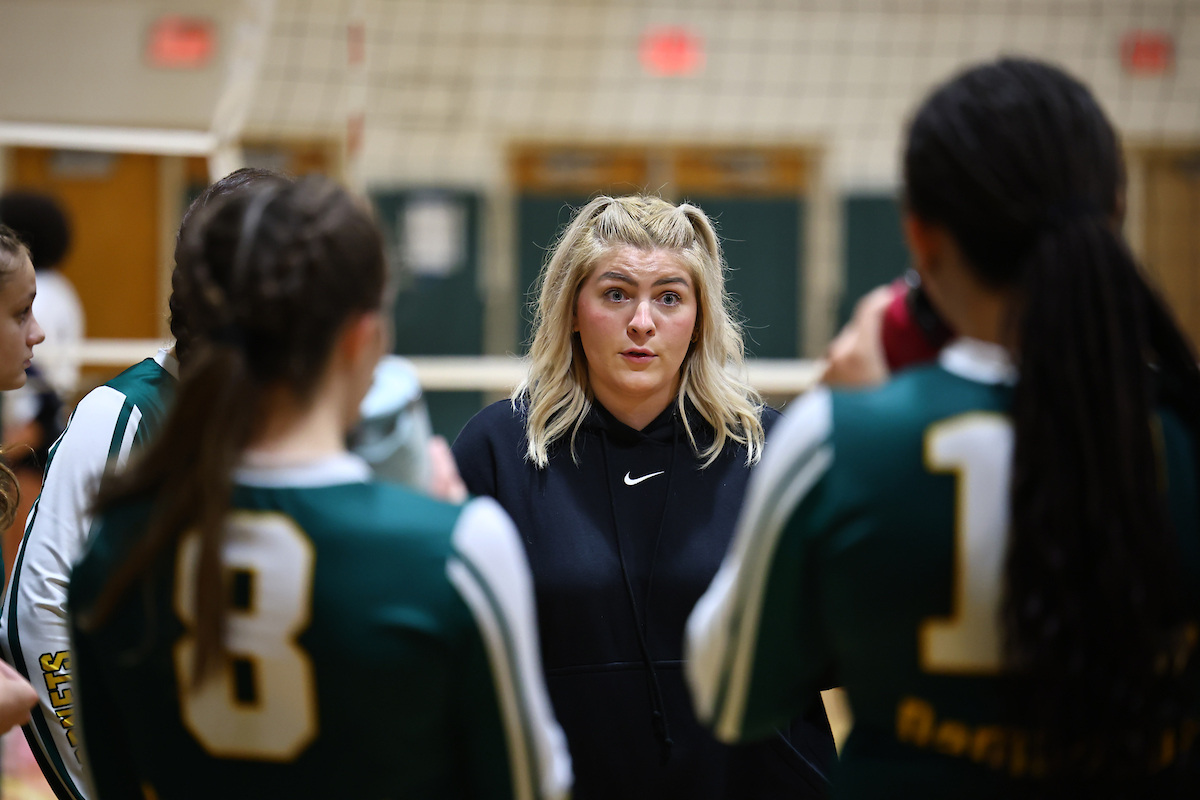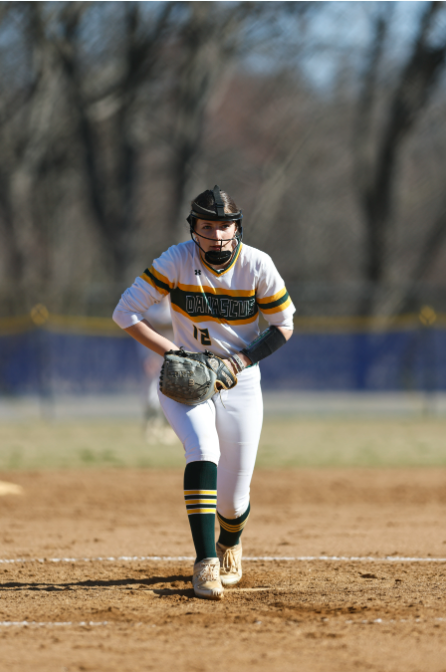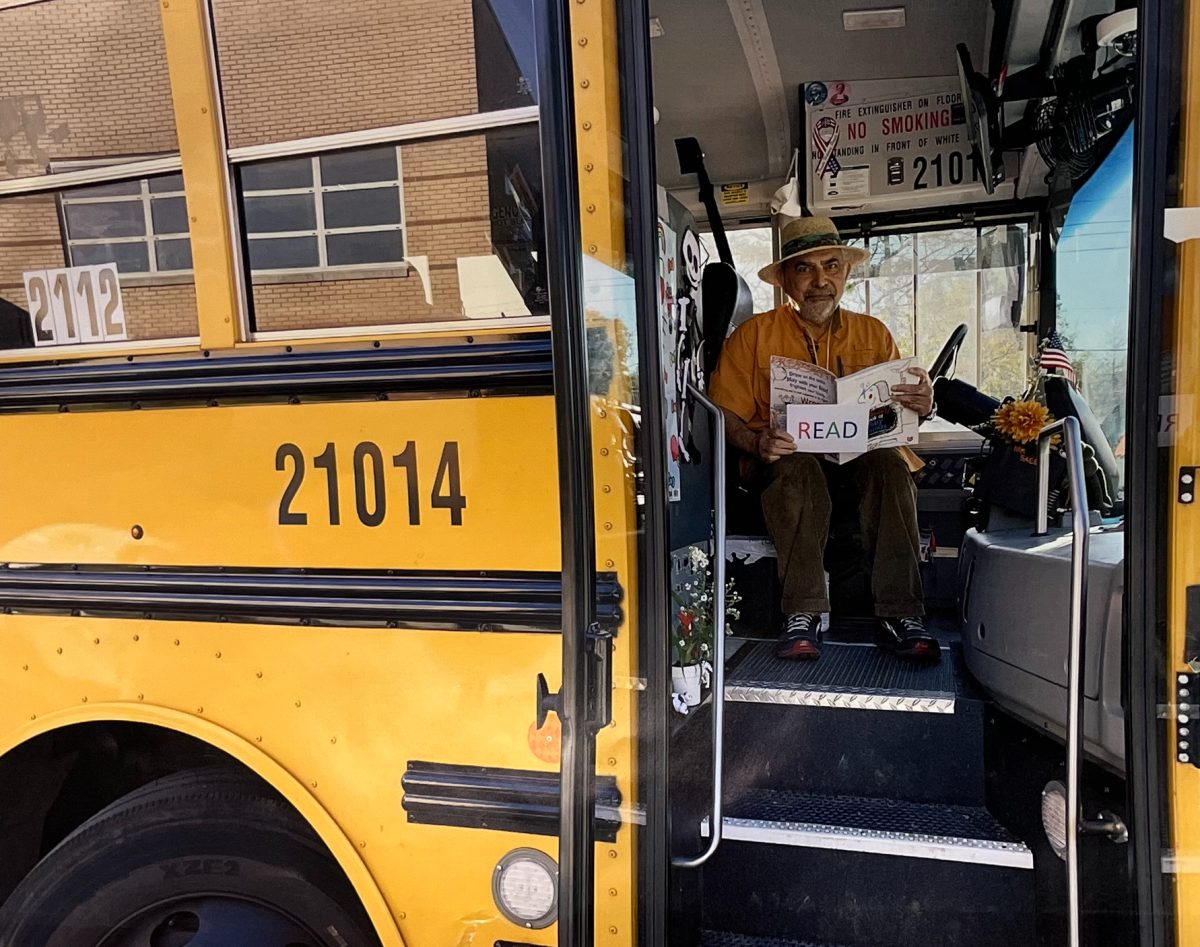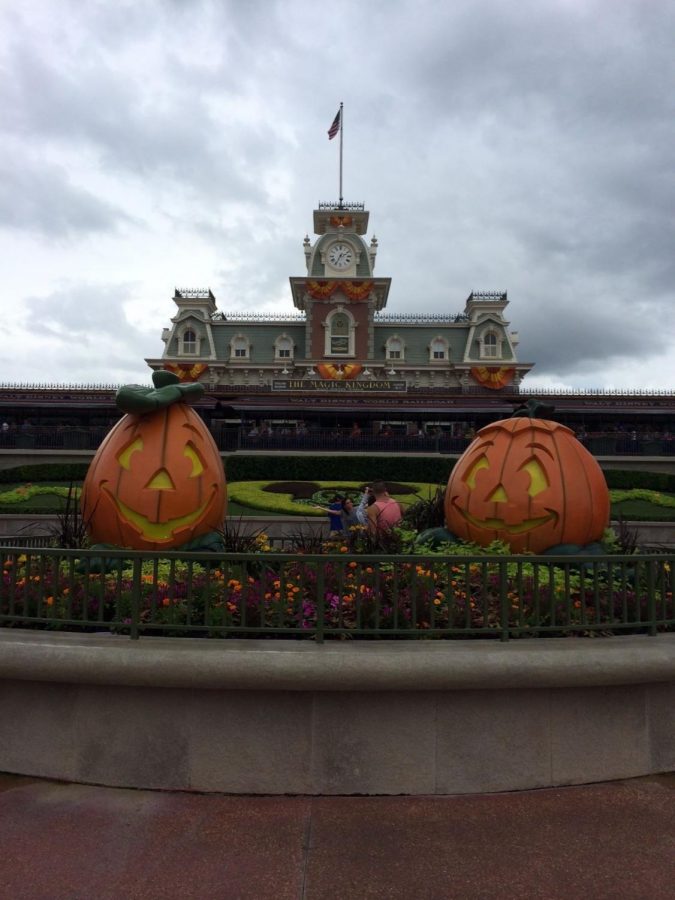Uncovering the Truth of Halloween
Halloween has gone from an extremely meaningful, religious holiday to being celebrated at one of the most popular amusement parks in the world.
October 26, 2021
We all know Halloween as the holiday where we dress up, host parties and eat lots of candy, but what is it really about and where did it come from?
According to History.com, Halloween originated over 2000 years ago as a Celtic holiday and was celebrated through a festival called Samhain. Samhain was observed by Celts in the area that is now Ireland, the UK and France. The festival was to mark the end of summer and harvest and to mark the beginning of the winter, a time of year often associated with death.
When asked whether she knows the true meaning of Halloween, Neydi Lopez, a junior, said, “no”. Other people have said the same. Is this a pattern?
The Celts also believed that on the night before the New Year, which was November 1, the worlds of the living and the dead became blurred. The night prior to their new year, the ghosts of the dead returned to the earth. To celebrate this event Celtic Priests, also known as Druids, lit huge bonfires where people burned crops and sacrificed animals for the Celtic deities. During the festival, the Celts wore costumes mostly made of animal skins and attempted to tell each other their fortunes, according to History.com. Many people have different traditions some of which date back to when Halloween was first created and celebrated.
Ivan Alvarenga a senior, mentioned that to celebrate Halloween he puts on a costume and scares people. Others have mentioned that they like to bake Halloween snacks and watch scary movies.
Halloween has evolved religiously in many ways over the years. According to Britannica, In 609 AD the Pope dedicated the Pantheon, a Roman temple to honor all of the Christian martyrs. Later, in 1000 AD the church made November 2 All Souls Day. Another name for All Souls Day was All-Hallows. The night before Samhain in the Celtic religion began to be called All Hallows Eve. Eventually it became the traditional non-religious Halloween.
When Halloween arrived in the U.S., the way that it was celebrated changed rapidly. The practice of Halloween was extremely limited due to Protestant beliefs. Halloween was more commonly celebrated in the southern colonies such as Maryland, which was one of the first colonies in the U.S. to include Halloween in their church calendars according to Wikipedia.
Many ethnic groups mashed their religious beliefs and customs together and it became the Halloween we celebrate today. During the second half of the 19th century, many Irish immigrants arrived in the U.S fleeing their Irish potato famine, bringing their beliefs, traditions, and holidays with them. They then began to popularize Halloween across the U.S.
By the 1950’s, Halloween became a holiday directed at the young. This was due to newspapers encouraging parents to take the superstition and violence out of Halloween. Modern-day trick-or-treating would be an example of that. Trick-or-treating was believed to have started during the All Souls Day parade back in England and was later celebrated in the U.S. In order to prevent themselves from being tricked, families provided sweets to the whole neighborhood.
Traditions also existed to keep ghosts away. People would place bowls of food outside of their house to please the ghosts so they would not enter, and when people left their houses on Halloween night, they would wear masks and costumes so the ghosts would not recognize them. Many people have heard the saying, do not cross a black cat’s path. This originated in the middle ages when people believed that witches turned themselves into black cats so they would not be caught and that all black cats transformed to witches.
Gloria Majorian, a junior, commented that she does not participate in Halloween, in addition she does not know why we do the activity. People do not celebrate Halloween for a variety of different reasons. Knowing that they should not celebrate if their religion or their personal beliefs tell them not to, most people still trick-or-treat, seeing no harm in the beloved tradition.
Many traditions that were common when Halloween was first celebrated are now forgotten about. According to History.com, in Ireland, a cook used to bury a ring in her mashed potatoes hoping that it would bring true love to the person who found it. An additional long-lost tradition that people do not know existed is that long ago women used to throw apple peels over their shoulders hoping that they would form the initials of their future husbands.
Catherine Winkler, a junior, claimed that Halloween was her favorite holiday, and knowing about the holiday’s past would not or could not change how she felt about the holiday. Everybody has different views. For some people, learning the past about Halloween can really change how they feel about the holiday, and for others, nothing could change how they feel about the holiday.
